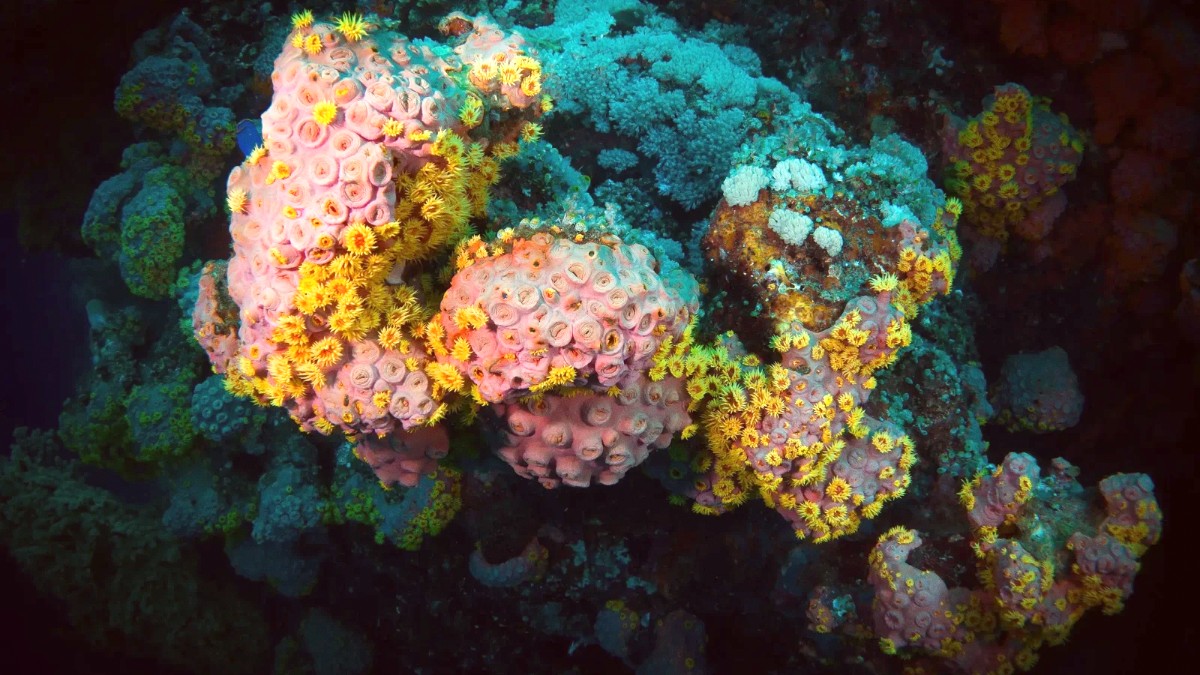
The climate across the USMOI varies depending on their precise location, mainly influencing authorized activities and logistical planning.
Persistent high heat and humidity exist in most locations. This creates heat stress, dehydration, and rapid fatigue. It also presents challenges for equipment, demanding proper ventilation and moisture protection. Consistent ocean swell can also hinder island landings.
All USMOI face tropical storms, hurricanes, or typhoons, depending on their ocean basin. The season generally runs from June to November in both the Pacific and Atlantic/Caribbean. These events create significant risks, causing dangerous sea conditions, high winds, and heavy rainfall. They disrupt communication, damage equipment, and necessitate emergency evacuations.
Tropical cyclones pose a significant risk, causing dangerous sea conditions, high winds, and heavy rainfall. They can disrupt communication, damage equipment, and necessitate emergency evacuations. Any expedition plan includes comprehensive protocols for monitoring weather systems and executing storm preparedness or departure.
Favorable Weather
Better weather conditions generally support safety and efficiency for fieldwork, marine operations, and transport. The risk of tropical cyclones lessens. Clearer skies benefit aerial surveys or photography.
Logistical resources (vessels, aircraft) may see higher demand, necessitating extensive advance planning.
Weather Challenges
Elevated tropical cyclone risk, rough seas, heavy rainfall, and high humidity substantially limit safety and operational timelines. Fieldwork becomes difficult or impossible.
May align with specific biological cycles (e.g., bird nesting) requiring researchers to be present despite weather.
Targeted Operations
Visits often coincide with nesting and fledging seasons, requiring presence when bird populations are highest, guiding research schedules.
These activities perform best during calm seas and good visibility, typically outside stormy seasons.
Budgeting for a visit to the United States Minor Outlying Islands bears no resemblance to planning a typical vacation. There is no commercial tourism infrastructure. No hotels, restaurants, shops, or public transportation.
Costs solely relate to mounting a self-sufficient, authorized expedition. These costs are exceptionally high, reflecting extreme remoteness and specialized access.
Hiring specialized vessels or aircraft is the largest expense, often over $100,000 per day.
Administrative costs for extensive permit applications and environmental impact assessments are substantial.
Provisioning all food, water, fuel, and medical supplies from the nearest hub.
Strict "pack it in, pack it out" policy means all waste transport creates substantial weight and cost.
Salaries for staff and provisions for emergency planning, including medical evacuation insurance.
Health and safety for authorized personnel on the United States Minor Outlying Islands are paramount due to their extreme isolation, lack of infrastructure, and challenging natural environments. Any authorized visit involves extensive pre-planning, rigorous medical clearances, and comprehensive safety protocols. Standard travel insurance is insufficient; expedition-grade policies become necessary.
Personnel should confirm all routine vaccinations. Specific vaccinations for remote or tropical travel are also important. Some expeditions require health screenings to prevent disease introduction.
The equatorial and tropical locations result in high UV indexes. Sunburn, heatstroke, and dehydration pose serious risks due to high temperatures and humidity. Marine environments host potential dangers.
These islands face tropical cyclones, tsunamis, and significant ocean swell. Safety concerns relate to the natural environment and operational hazards.